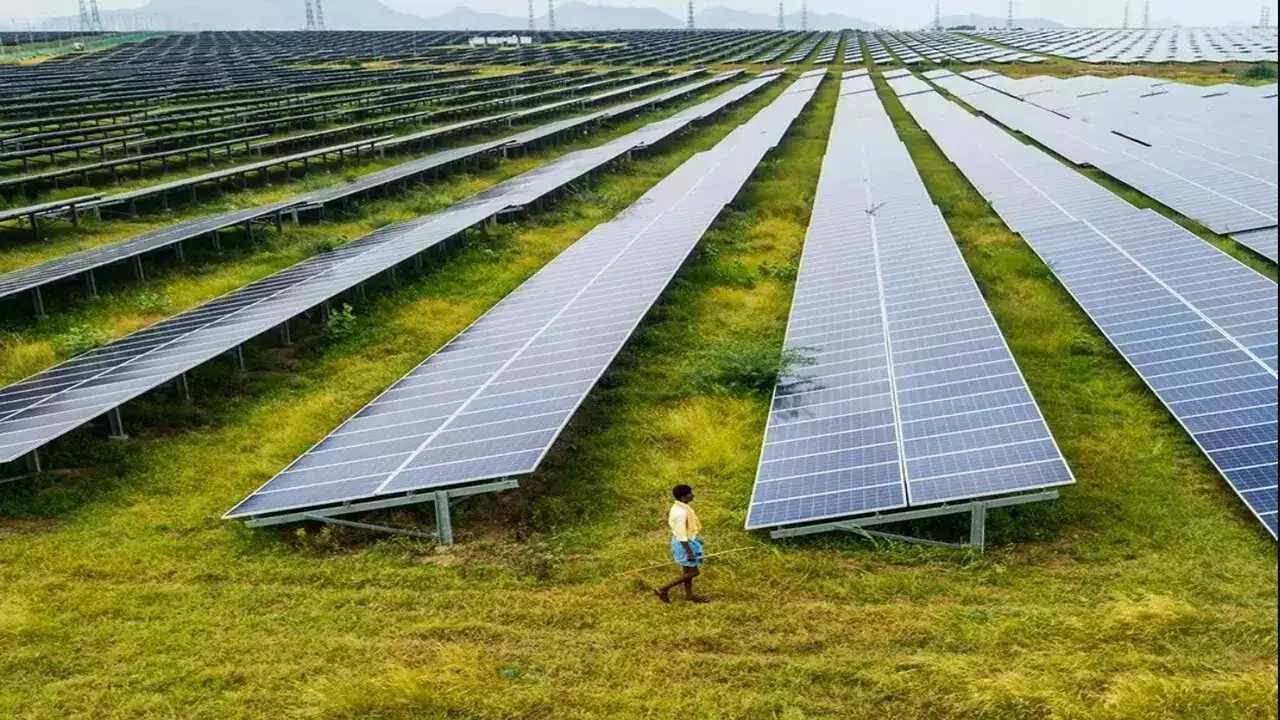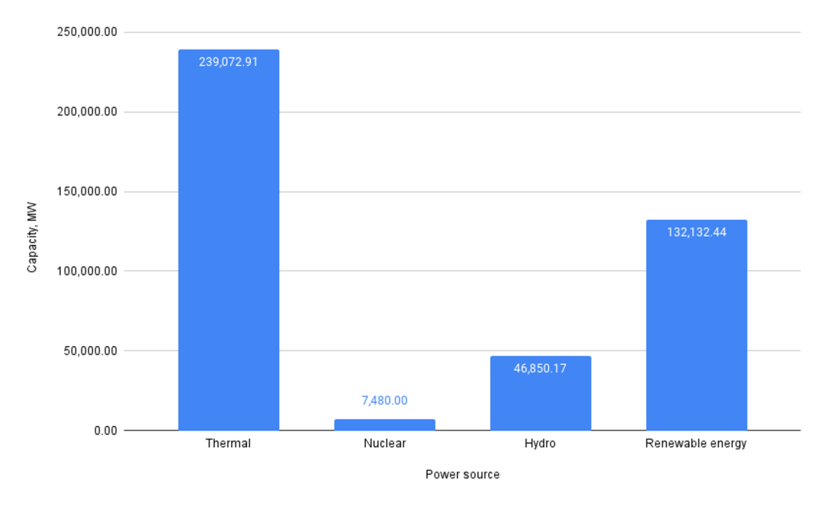Free Courses Sale ends Soon, Get It Now


Free Courses Sale ends Soon, Get It Now



Copyright infringement not intended
Picture Courtesy: www.timesnownews.com
Context: India is pushing for more renewable energy like solar and wind, but it's facing challenges with intermittency (generation only when it's sunny or windy) and a lack of viable energy storage options.
Details
Reasons for Pushback
Implications of Omission
Possible Future Scenarios
India’s New Coal Thrust

Key Policy change

Reasons for the Shift
Potential Concerns
Balancing the Needs
Problem with renewable
Understanding Intermittency
Impact on India's Energy Landscape
Potential Solutions
Storage Problem
Storage Challenge
Possible Solutions and Challenges
Conclusion
Must Read Articles:
COP28: https://www.iasgyan.in/daily-current-affairs/cop28
COP 28: Triple nuclear capacity by 2050: https://www.iasgyan.in/daily-current-affairs/cop-28-triple-nuclear-capacity-by-2050
|
PRACTICE QUESTION Q. How can India strike a balance between its ambitious green push and the economic considerations to ensure sustainable development and address the energy needs of its growing population? |
© 2024 iasgyan. All right reserved